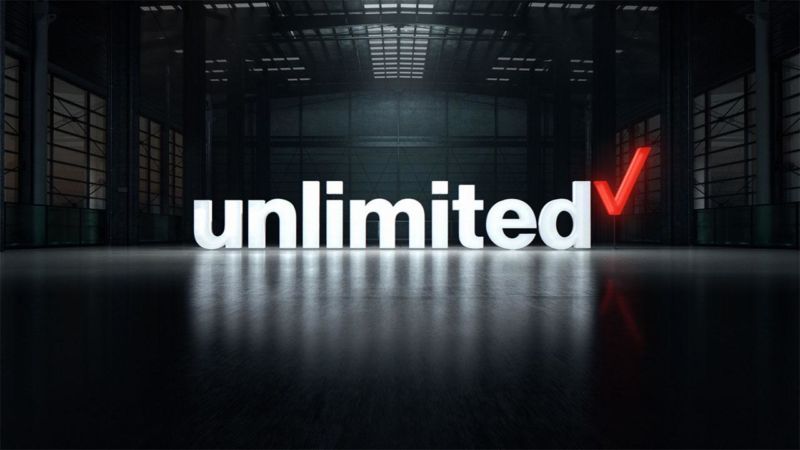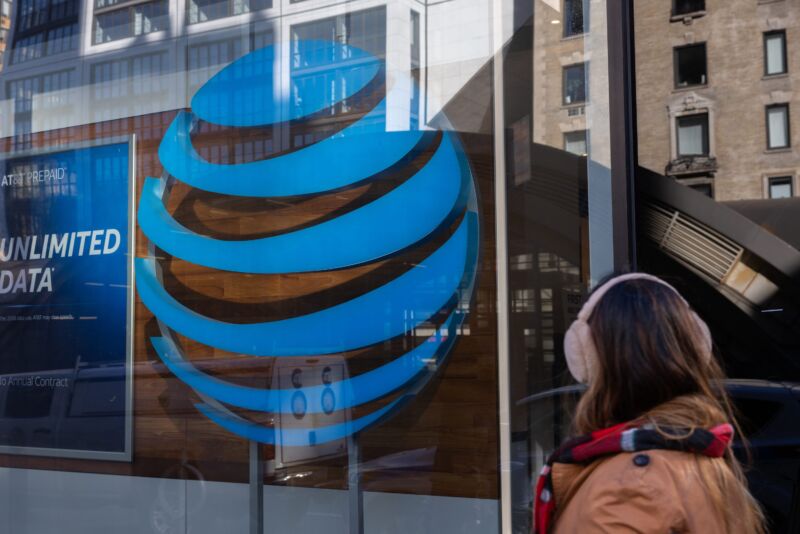Poll: How much do you pay for your phone plan every month?
Budgeting for a smartphone is an expensive undertaking. Do you fork out and grab one of the best phones around, or do you opt for something more affordable? There’s a lot to weigh up, but something that isn’t always considered alongside new hardware is the carrier plan. Whether you’re paying off your handset monthly or leaning on those voice minutes or high-speed 5G data, every modern user and handset needs a plan.
We’re spoiled for choice of phone plans in 2024, but one thing’s certain: no one wants to spend more than they really need. With that in mind, we want to know how much you spend monthly on your personal phone plan. We’re only interested in personal plans for a single user, not those covering multiple users or families. How much do you spend per month? Be sure to let us know by voting in our poll below.
We’re well aware that many of the feature-filled plans are priced above the $15 mark. Limited data and other cons often hamstring those paying less. After all, not all of us can afford unlimited plans. Moving to a postpaid plan is often a more attractive arrangement, especially if you don’t require a new handset. There are several plans at or below this price point worth your consideration, as detailed in our best prepaid deals for $15 or less guide.
When we last ran this poll in 2022, most users were paying $40 or more, with the $10 to $19.99 mark also proving quite popular. Importantly, we didn’t exclude family plans from that particular poll, but it’ll be interesting to see how inflation and other financial trends have changed users’ willingness or ability to spend.
Of course, our comments are always open. Be sure to include more details about your particular plan in the comments, including carrier, data, and other limits, and how it has treated you.








